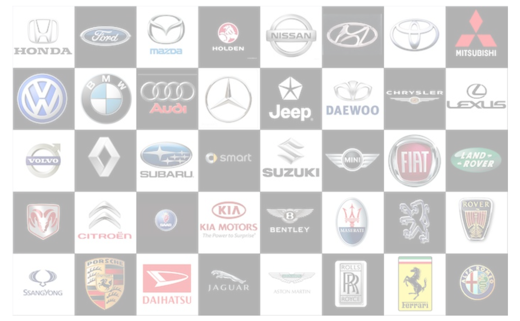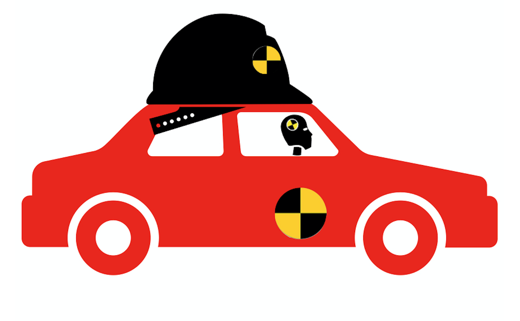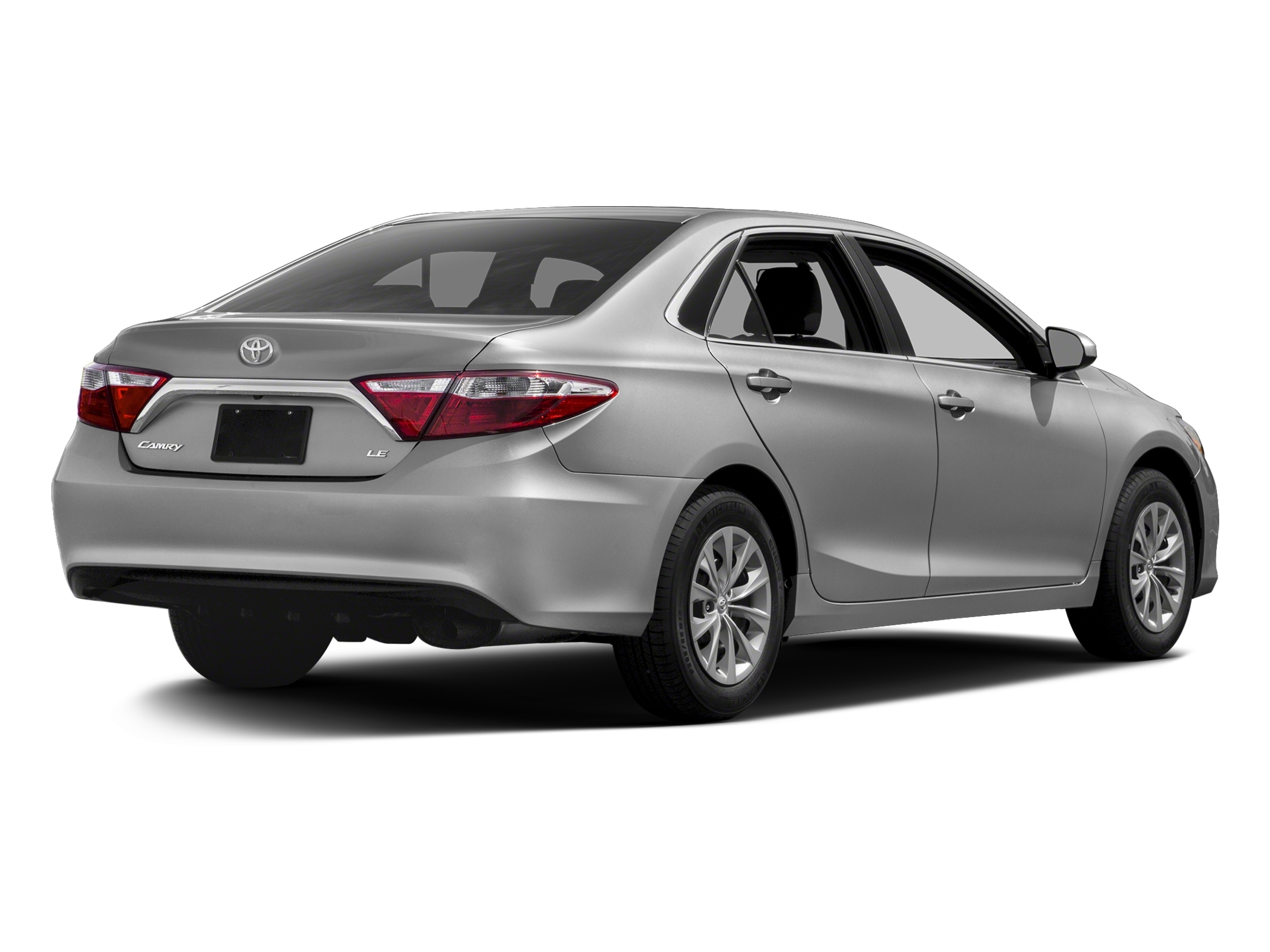Yeah, this kind of post is a cop-out. I hereby resolve not to cop-out... in 2013. Here are the car resolutions that will save you money and keep you safe in 2013.
10. Maintain your vehicle.
If you watch Big Bang Theory, you know what happened to Penny after her "Check Engine" light was lit for a few months. "I really gotta tape over that thing," didn't really work for her.
Always get your oil and filter changed regularly. With modern lubricants and automobiles, every 3000 miles is not necessary, anymore. With some vehicles, if you use synthetic oil you can go up to 10,000 miles or a full year. I think it's better to go about 7500 miles. This gives you a chance to have a mechanic check out your brakes, tires, belts and hoses. If you can, find an honest, competent, full-service mechanic to perform this service. A full-service, SAE mechanic will be able to spot issues before they become safety problems or leave you stranded.
Many newer vehicles have a maintenance-reminder system built into the car. Some, like those in GM vehicles and BMW’s take into account your driving style to give you the longest intervals between service while still keeping the vehicle running optimally. Others just click off miles. If your maintenance reminder only clicks off miles (Nissan/Infiniti) do the service sooner if you drive hard, do many short trips, or if you drive so few miles that a year goes by without an oil change.
One good thing about performing oil changes at the dealership: they will reset your maintenance reminder system. Most oil change places don't know how.
9. Keep you tires properly inflated.
Sure its been said a million times, but a tire that is 20% under-inflated (24 PSI vs. 30 PSI) will raise tire temperature by as much as 40°. It can reduce tire life by half. In addition, it can cause you to burn $100's of dollars more gas a year.
An under-inflated tire is much more likely to fail suddenly, causing a large number of fatal accidents every year.
Buy a good tire gauge for each car. Stop at least once a week and check all four tires. With many gas stations having broken air pumps or charging for air, buying a good air pump can be a good idea.
Do not rely on the car's built-in tire pressure sensors.
Tire pressures are printed on a label on the driver's door, door jamb and/or in the glovebox. Check and air the tires when they are cold, not after a long drive.
8. Adjust your mirrors.
Side-view mirrors are not backups for your rearview mirror. Take time to adjust your side-view mirrors so that they cover your "blind-spots." Adjust your side-view mirrors outward until you can't see anything in them that you can see in your rearview mirror. Your side-view mirrors are not for checking to see if your door handles are still there.
7. Never buy a new car, again.
With very few exceptions, buying a two-year-old car with 25,000 to 35,000 miles will save you thousands if not tens of thousands of dollars in depreciation.
With a service contract and the unexpired manufacturer's warranty you will have all the protection of a new car for considerably less. In addition, you will much more accurately know the reliability through sources like J.D. Power and Consumer Reports. On a new model they can only guess based on similar older models.
There will always be a few exceptions: sports cars can be highly abused without showing it on a used car lot. Certain highly popular models can be almost as expensive on a used car lot, where the mileage, interest rate and extra warranty will out-weigh the price difference.
The best vehicles to buy this way are entry-luxury and top level models. They depreciate so much more that they become real bargains after a couple of years.
Check a car history reporting service such as CARFAX or AutoCheck.
6. Clean your car out.
Get all those old paint cans out of the trunk, the dream catcher off of your rearview mirror, all the bricks out of the back seat. Not only does all the extra weight make your car slower and thirstier, but improperly stowed cargo can cause your vehicle to lose control when it shifts, or if your stop suddenly or you're in a wreck it can fly and cause severe injuries to you or your passengers.
5. Make lists and consolidate trips.
Every day all across America, people hop in their car and drive their kids to school, then drive home. A little while later, they go to the gym and work out then drive home. In the afternoon they go and pick up their kids and drive them home. Later on they jump back in the car and drive to the store for some milk and eggs.
Unnecessary trips burn billions in extra gas every year, wear out engines faster due to the engine not fully reaching operating temperature, and wear out brakes and tires sooner then they should.
Keep a driving log for a couple of weeks. Making lists of errands and places you go, you should be able to eliminate dozens of trips per month and save yourselves lots of time and money.
4. Teach your kids to drive.
Every year kids get their first permit and their parents ride along as they learn to drive mostly by trial and error. A few states require a minimum number of hours behind the wheel before the kid gets a full license, but they all work on the honor system.
So far, all studies indicate that the only reliable predictor of how safe a new driver will be behind the wheel is the amount of time they spend driving under a licensed driver's supervision. There is no substitute for experience, and the only safe way to get that experience is with an experienced driver next to the student, teaching them proper judgement and technique.
Studies indicate that 18-year-old drivers who had permits for three years are much safer than twenty-one-year-old drivers who only had a permit for a year. The short of it is, spend as much time teaching your kids to drive as you can. Then spend some more. It may be easier to just do the minimum and let them have a license, but if they're part of that statistic of 33% of deaths for 13-19-year-olds, you won't be able to go back and train them better.
3. Drive politely.
When you're on the highway, look ahead and merge left to let people enter easily and safely. When someone needs to change lanes, slow down and let them. Don't tailgate. Keep right (unless you're a cop, you aren't in charge of anybody's speed but your own).
2. Drive slower.
Now that Texas is opening a new toll highway with an 85 MPH speed limit, its hard to say, "Drive slower." But fuel mileage is significantly better at 60 MPH than 75. People are complaining that there fancy hybrids don't get the fuel mileage they were promised, but they're driving 80 MPH on the California freeway. Hybrids more than any other vehicle get much poorer mileage as speeds increase.
Leaving earlier and driving at a slower speed saves gas, tire life and of course speeding tickets. Just be sure to stay to the right.
1. Just Drive.
Every year, thousands of people die in car crashes. Some are caused by drunk drivers, others by equipment failure, but by far the greatest cause is a distracted driver. Talking on the phone, hands-free or not, changing radio stations, eating lasagna, none are appropriate activities for the driver of an automobile.
Cell phones have voice mail; text messages stay on your phone until you erase them; and McDonalds food tastes just as crappy warm as it does cold.






